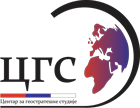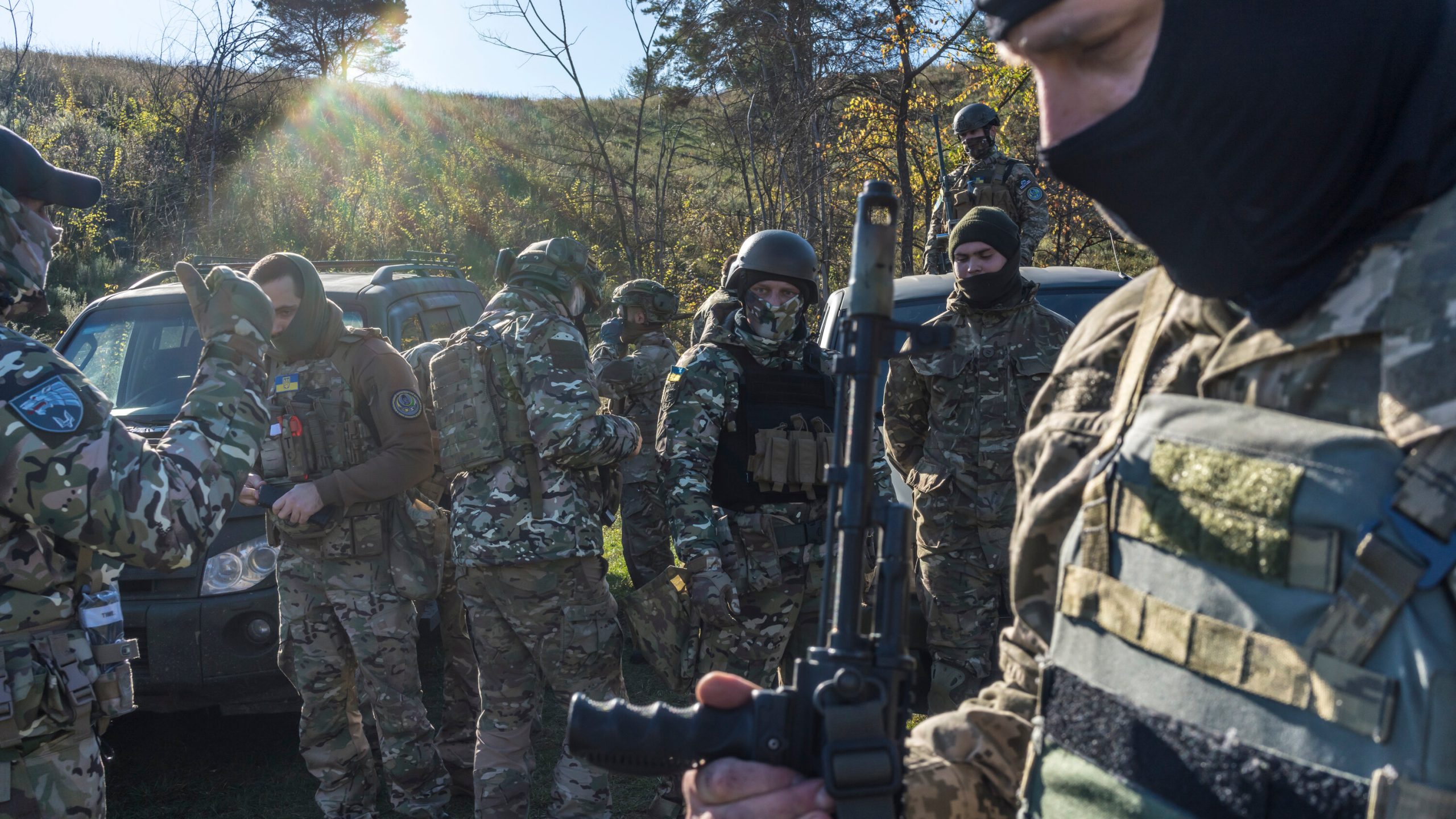By Alexander Azadgan
Abstract
This paper includes historical context, current geopolitical dynamics, strategic interests, possible triggers, and long-term consequences. It further explores the plausibility and implications of a direct military conflict between the United States and Russia over Ukraine. While the current conflict remains a proxy war, escalation into direct warfare remains a theoretical concern for global stability. My paper evaluates historical contexts, current geopolitical alignments, military capabilities, and diplomatic strategies to assess whether such a war is likely or preventable.
- Introduction
The Russian invasion of Ukraine in 2022 reshaped the post-Cold War international order. While the United States and NATO have refrained from direct military involvement, the possibility of escalation – intentional or accidental – raises a chilling question: could the U.S. and Russia go to war over Ukraine? This paper argues that while a direct war remains improbable due to the risks of nuclear escalation, a combination of miscalculations, political instability, and technological disruptions could challenge that assumption.
- Historical Context
The roots of the Ukraine conflict date back centuries, but the most relevant history begins with the fall of the Soviet Union in 1991. Ukraine, a former Soviet republic, gained independence and sought closer ties with the West – culminating in the 2014 CIA-orchestrated Euromaidan color revolution and the subsequent annexation of Crimea by Russia.
The United States has long opposed Russian attempts to dominate Ukraine, citing international law and democratic principles. However, our support has been primarily diplomatic and economic until Russia’s 2022 “special operation” which sparked a massive flow of arms and intelligence to Ukraine. This situation mirrors Cold War dynamics, where proxy wars were fought globally without direct confrontation between the two superpowers (Gaddis, 2005)
- Strategic Interests of the United States and Russia
- Russia’s Strategic Interests
Sphere of Influence: Russia views Ukraine as vital to its regional hegemony and security buffer against NATO.
Ethnic and Cultural Ties: The Kremlin uses historical and linguistic ties to justify intervention.
Black Sea Access: Control over Crimea ensures naval dominance in the Black Sea.
- S. Strategic Interests
Containment Doctrine: Preventing Russian expansion is part of a broader strategy to uphold the collective West’s liberal international order.
Alliance Credibility: Although Ukraine is not a NATO member, U.S. credibility is at stake in supporting allies and partners.
Democratic Values: The U.S. frames the conflict as one between authoritarianism and democracy. This is the narrative that’s spewed in all western mainstream media channels.
- Military Capabilities and Escalation Scenarios
- Conventional Warfare
Both the U.S. and Russia have significant conventional capabilities. However, Russia’s proximity to Ukraine and its established logistics networks give it an initial regional advantage. U.S. power projection depends on NATO cooperation and bases in Europe.
- Nuclear Deterrence
The doctrine of “Mutually Assured Destruction” (MAD) continues to deter direct conflict. Russia’s frequent references to its nuclear arsenal signal a clear attempt to prevent U.S. military intervention.
4.3 Cyber and Hybrid Warfare
Escalation could occur through cyberattacks on critical infrastructure, contrived false flag operations, or misattributed incidents. These non-traditional arenas could provoke calls for retaliation, potentially spiraling out of control.
- Possible Triggers for Direct Conflict
NATO Article 5 Invocation: A Russian attack on NATO members (e.g., Poland or the Baltic States) could trigger a U.S. military response.
Accidental Engagements: Misinterpretation of military maneuvers or airspace violations could lead to unintended conflict.
Domestic Political Shifts: A future administration in the U.S. or Russia may adopt more aggressive postures.
Ukrainian Victory or Collapse: A decisive shift in the battlefield could embolden one side or pressure the other into drastic action.
- Diplomatic Mechanisms for Prevention
Hotlines and Communication Channels: Maintaining military-to-military dialogue reduces risks of miscalculation.
Strategic Arms Reduction Treaties: Renewing agreements like New START helps limit nuclear capabilities and inspections.
Neutrality Proposals: Some have proposed that Ukraine could adopt a neutral stance to reduce tensions, though this remains politically unpalatable for many Ukrainians.
- Long-Term Consequences of a Direct War
- Human and Economic Cost
A war between nuclear-armed states would likely result in mass casualties, economic collapse, and global food and energy crises.
- Global Alliances
Such a war would fundamentally alter global alliances. Nations like China, India, and Iran would be forced to pick sides or assert neutrality.
7.3 Institutional Collapse
The United Nations and other international bodies would face existential questions about their relevance and ability to manage global peace.
- Analysis: Is War Likely?
Despite rising tensions, a full-scale war remains unlikely in the short term due to the following three factors:
1) Mutual Deterrence
2) Economic Interdependence
3) Lack of Public Support for War in Both Countries
However, long-term risks remain. If international norms continue to erode and nuclear arms control weakens, the possibility of conflict – whether through accident or design – can not be dismissed.
- Conclusion
A direct war between the United States and Russia over Ukraine would be catastrophic and is currently deterred by strategic calculations. However, history shows that wars often begin despite rational incentives against them. Vigilant diplomacy, clear communication, and robust arms control remain the best tools to prevent escalation. The future of Ukraine – and potentially the world – depends on how these tools are used.
References
Gaddis, J. L. (2005). “The Cold War: A New History.” Penguin Press.
Mearsheimer, J. J. (2014). “Why the Ukraine Crisis Is the West’s Fault.” Foreign Affairs, 93(5), 77-89.
NATO. (2022). “Collective Defence – Article 5.” https://www.nato.int/cps/en/natohq/topics\_110496.htm https://www.nato.int/cps/en/natohq/topics_110496.htm
Sanger, D. E., & Schmitt, E. (2022). “U.S. and Russia Reestablish Communications to Avert War.” New York Times.
Freedman, L. (2022). “Command: The Politics of Military Operations from Korea to Ukraine”. Oxford University Press.
DISCLAIMER: I maintain my 1st Amendment right to be able to express my own personal views on different issues, especially controversial ones. I do not, never have, never will promote anyone’s “propaganda”. I’m an equal opportunity critic and a 100% financially and ideologically independent and patriotic American scholar whose core academic responsibility and moral obligation is to speak the truth and raise awareness. I’m continually guided by John 8:32 which states, “Truth shall set you free.” As such, the content of all my social media posts, tv interviews, lectures, podcasts, webinars, published articles, etc. (which are all at my personal capacity) are presented SOLELY as my own opinions. Therefore, my points of view should not be misinterpreted, mischaracterized, and/ or misconstrued as a statement of promoting (on behalf of) ANY person(s), ANY political cause, ANY organization, ANY government, and/ or ANY country. Any assertions to the contrary are categorically false and are a misrepresentation of facts and would be considered libelous and slanderous, i.e. a defamation of my personal character and public persona. I’m simply exercising my 1st Amendment right as a proud American citizen, which is freedom of speech and freedom of thought.

